6 Things You’re Doing That Bring Rats into Your House
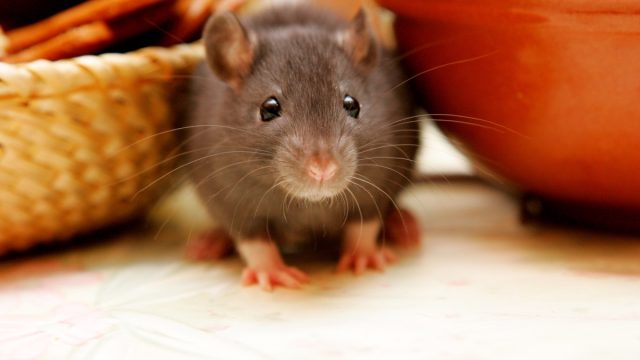
COVID lockdowns have had a number of surprising effects on common household pests throughout the U.S., including exterminators receiving fewer reports of bed bug infestations as people travel less. However, there’s one pest that’s flourished amidst the lack of human activity: rats.
“Some jurisdictions have reported an increase in rodent activity as rodents search for new sources of food. Environmental health and rodent control programs may see an increase in service requests related to rodents and reports of unusual or aggressive rodent behavior,” the Centers for Disease Control and Prevention (CDC) announced in a 2020 statement. However, just because rats are an ever-present threat doesn’t mean they have to become a problem in your space. If you want to prevent an infestation, read on to discover the habits that could make your home a target for these unwelcome visitors.
RELATED: 5 Things You’re Buying That Bring Bed Bugs Into Your House, Experts Say.
1
Leaving your yard cluttered
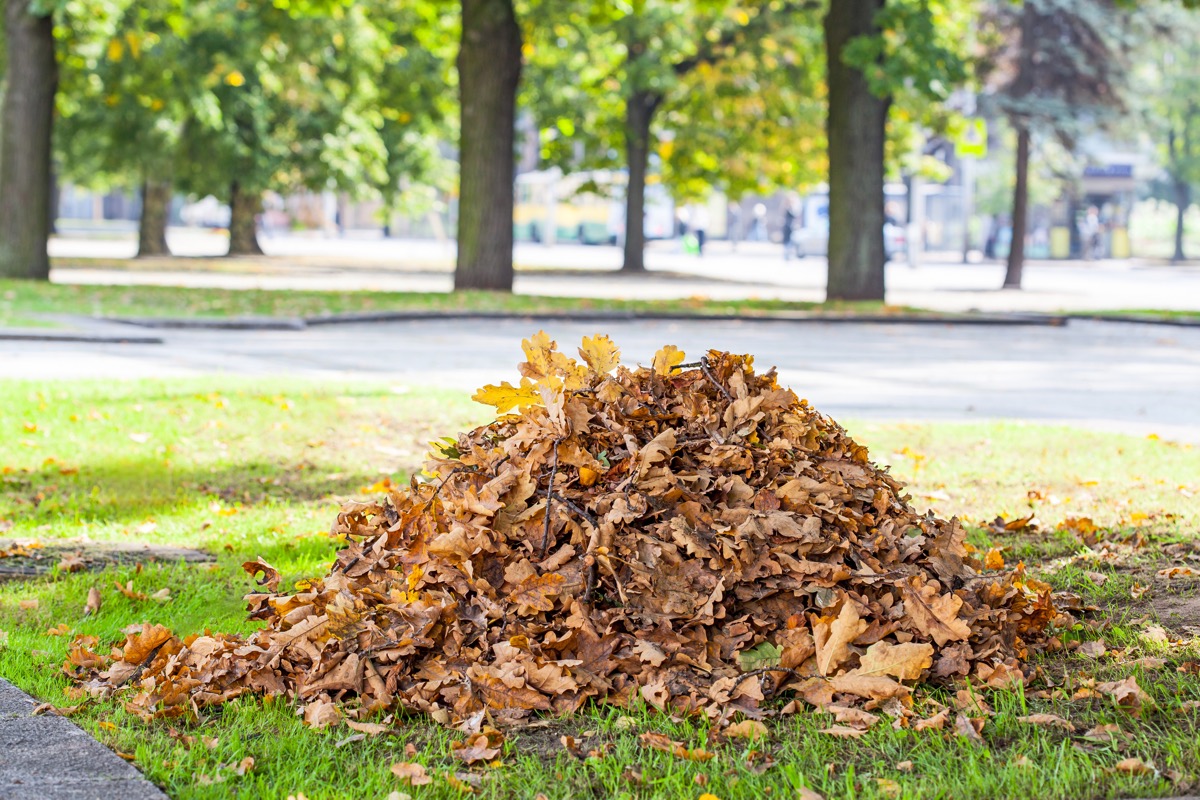
While yard maintenance may not have been atop your to-do list amid the pandemic, leaving your outdoor space cluttered could make your home a prime target for rodents.
“Rats can nest and hide in wood piles or other clutter around the house,” eventually making their way inside, explains Nancy Troyano, PhD, a board-certified entomologist with Ehrlich Pest Control. To keep a pest problem at bay, “Keep both the inside and outside of your home tidy, including trimmed vegetation,” she suggests.
2
Not sealing gaps in your exterior walls

That small gap in your wall may seem like no big deal to you, but it might as well be a “welcome home” sign for rats.
“Young rats can squeeze through small gaps under doorways and fit through holes or small openings,” says Troyano, who recommends filling in any visible gaps with stainless steel wool and caulk or concrete. Troyano notes that even gaps that aren’t ground level could be attracting the pests. “Rats can jump, so check up to a height of about 4 feet,” she explains.
For more helpful home tips sent to your inbox, sign up for our daily newsletter!
3
Leaving pet food in open containers
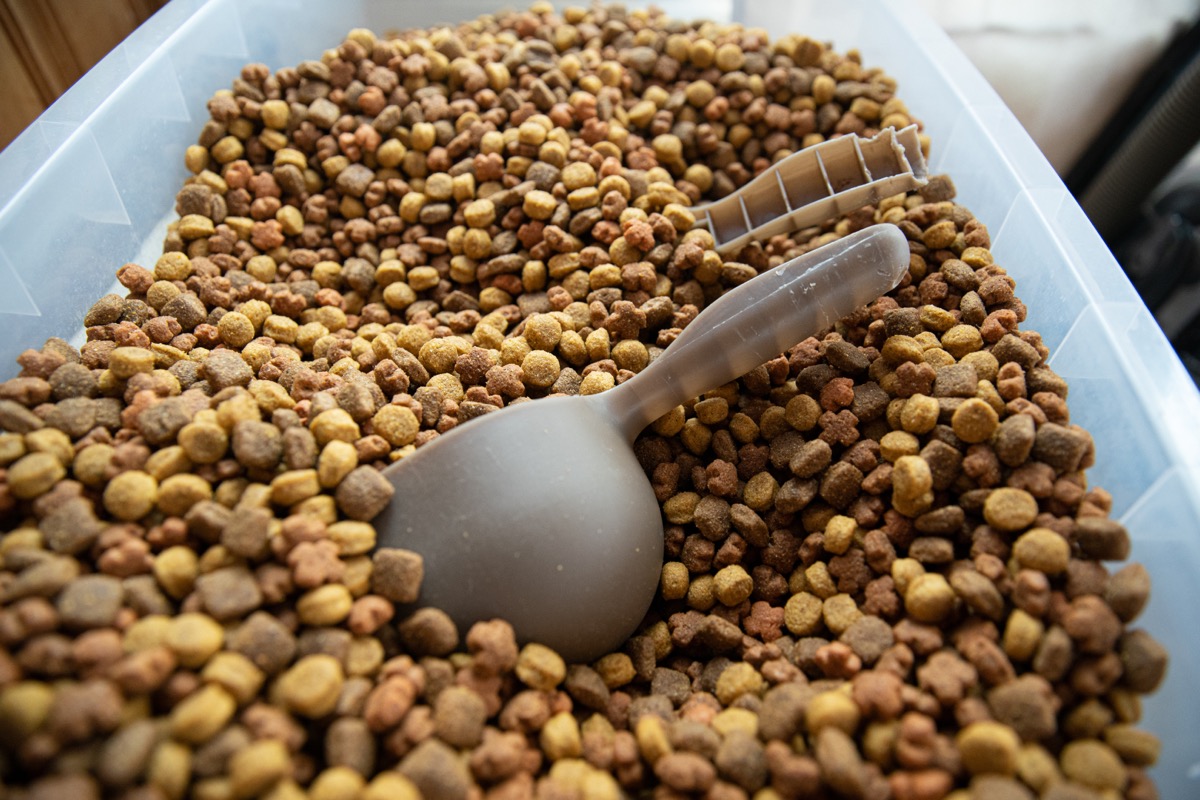
Those unsealed bags of dog kibble in your pantry or bird seed on your basement shelving look like a veritable buffet to rodents.
“Make sure to clean up pet food and bird seed debris, and store pet food in containers with fitted lids, preferably above ground level,” Troyano recommends.
4
Not locking your garbage cans

While most rodents likely don’t have the strength to tip your trash can over to enjoy its contents, they can certainly dive in and help themselves if you don’t keep it locked.
“Rats are scavengers that eat anything, and to them, an open garbage can is like a buffet being offered for free,” says entomologist and pest control expert Ryan Smith, owner of Ant and Garden Organic Pest Control, who recommends sealing trash cans to ensure pests don’t get in.
5
Letting leaks persist
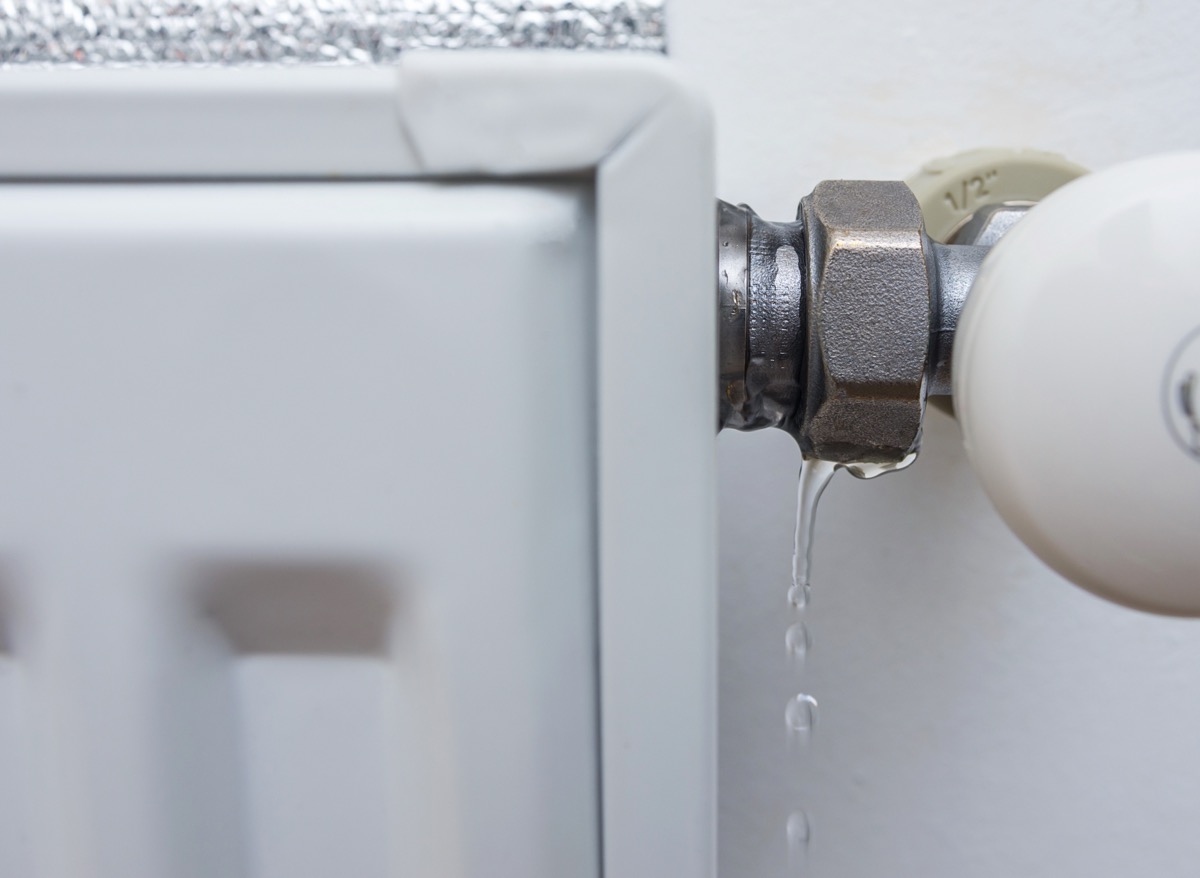
That little drip under your sink could turn into a big pest problem if you don’t fix it in a timely manner.
“Like any animals, rats need water. Even the tiniest leaks can give them a stable water source,” says Smith. “Make sure to fix any leaks at the first sight, no matter how small.”
RELATED: If You See This Rare Venomous Spider, Keep Your Distance.
6
Leaving downspouts unsecured
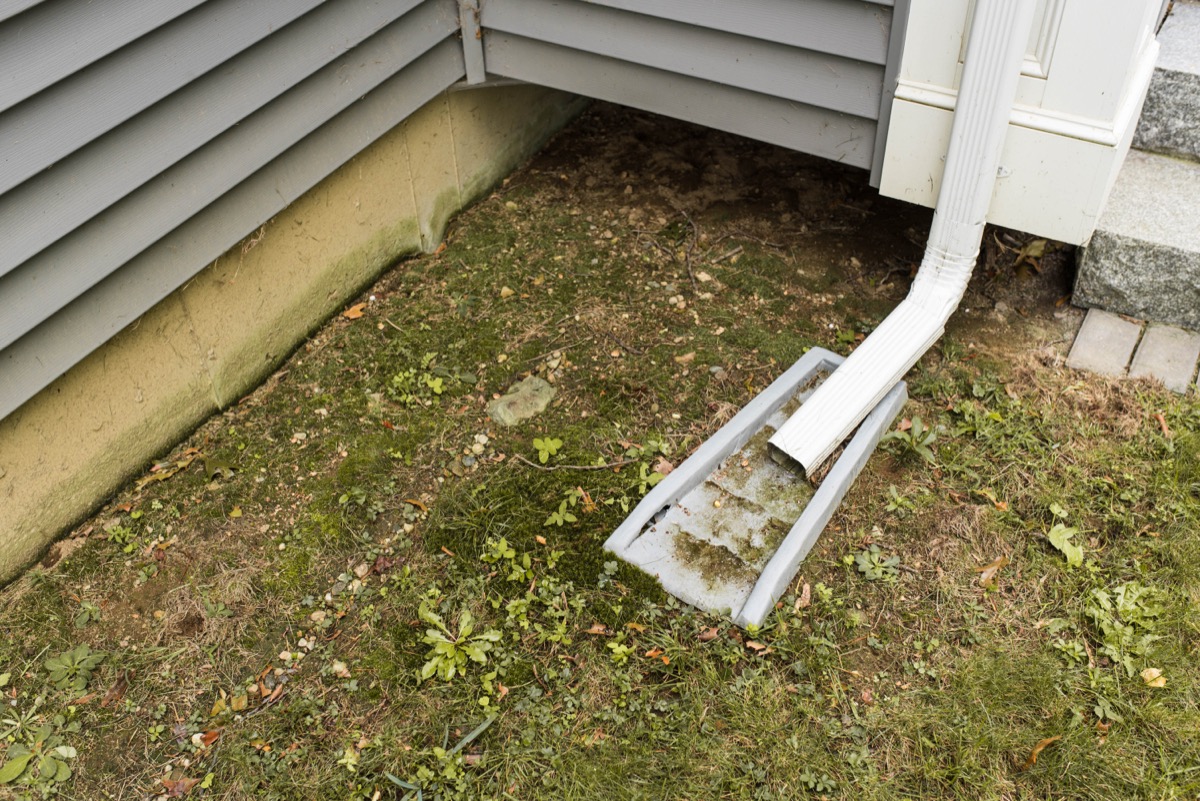
That open gutter downspout might as well be a ladder leading into your home to a rat.
“Rats won’t find it incredibly difficult to climb up these and onto your roof. The roof is often a place where small openings are easily hidden, so the key is to prevent rodents from accessing the roof,” says Ed Spicer, CEO of Pest Strategies. “Get some mesh or chicken wire and attach it to the bottom of every downspout to ensure they cannot climb up.”
RELATED: If You Smell This in Your Bedroom, You Might Have Bed Bugs.